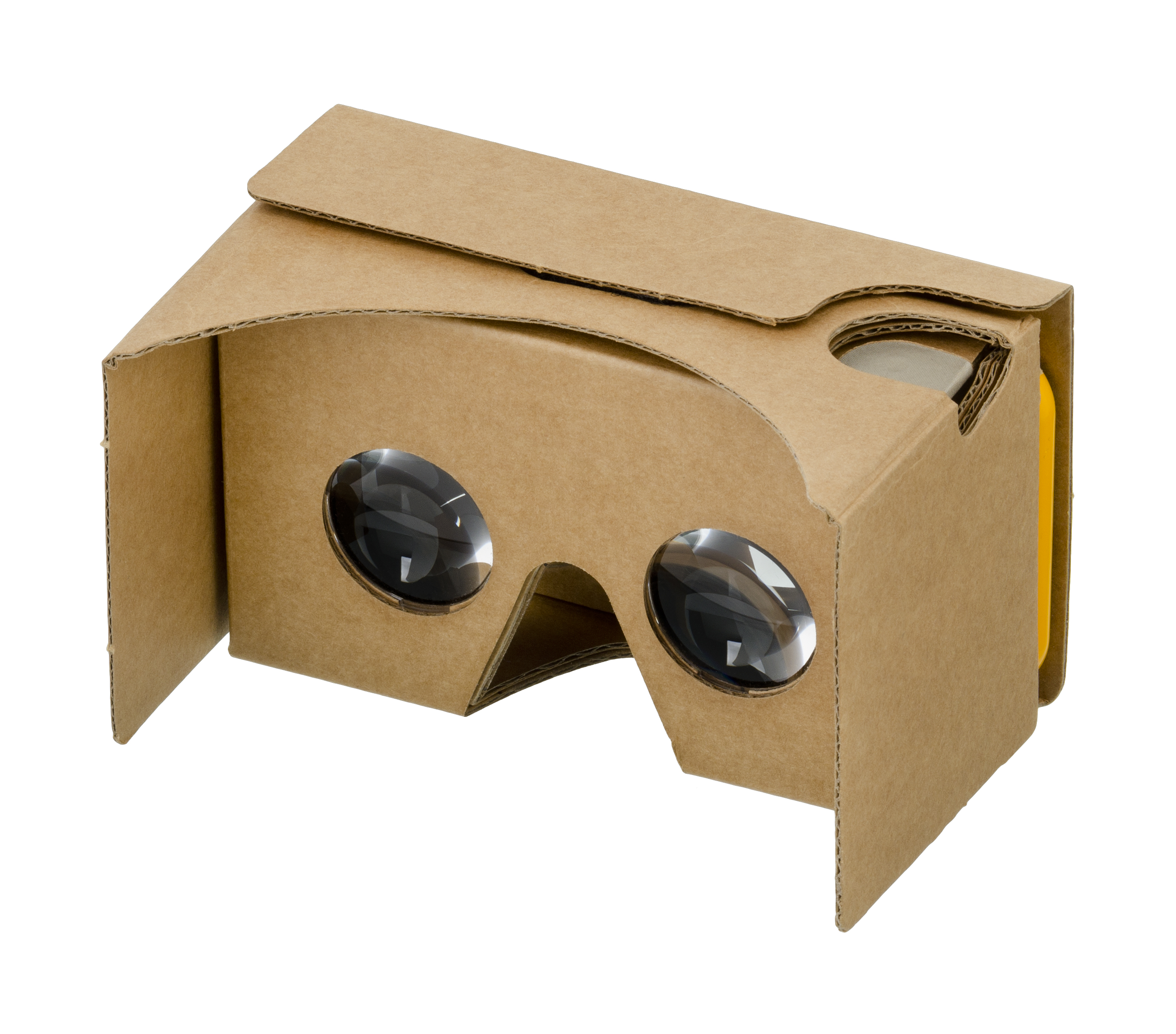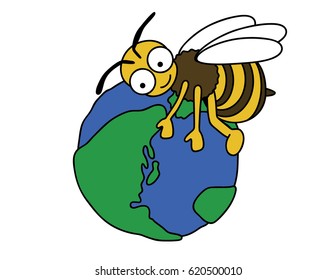Home » Posts tagged '#GlobalCollaboration'
Tag Archives: #GlobalCollaboration
Global Collaboration with Google Expeditions
At its heart, Global Collaboration is the act of exploring complex ideas or problems from multiple viewpoints. This is exactly what Google Expeditions, a new virtual reality platform developed by Google, allows students to do. By using a smartphone or computer, as well as Google Cardboard, students can take virtual fieldtrips to a wide range of destinations.
The virtual fieldtrips can take students to explore natural landscapes or on a tour of historical sites such as museums, and ancient buildings. To go even further, teachers can purchase a class kit containing cardboard frames for phones and tablets. These kits allow students to wear a device over their eyes in order to be fully immersed in their exploration. A brief video of how Google Cardboard works and how it can be utilized in class can be viewed below:
As you can see from the video, this technology can be used in incredible ways. For a student like Lance living in the middle of Iowa, the opportunities to visit the big city are very slim. However, with Google Expeditions, along side the use of Google Cardboard, his entire class was able to visit one of the largest cities in the word, Dubai. Being from a small town in Iowa, Lance might have never gotten the opportunity to explore buildings like the Burj Khalifa without this technology. For a student hoping to one day become an architect, this type of experience can be life changing.
In terms of Global Collaboration, I think the opportunities from virtual fieldtrips are extremely obvious. These trips are exceptionally detailed and allow students to explore people and places that they would never have the opportunity to otherwise. Students can now explore anywhere they please. From the architectural masterpieces in Dubai to the depths of the oceans the chances to discover are endless.
Exploring the World from the Classroom
By: Dara Sborea
In this week’s blog, we are exploring VR in the classroom and how it can contribute to successful global collaborations. I chose to research Google Cardboard. To be honest, I had never heard of Google Cardboard before. When I googled it, I thought it would be expensive and out of reach for many teachers and districts. I very happily found out that there are Google Cardboard goggles available for as little as $9 each. I’m sure that if I researched pricing even more, there are bulk price and educational discounts available as well.

There are several apps available to use with Google Cardboard. You can find all these apps on the Google Play Store. With these apps, your students can explore zoos around the world, space, the deep sea, and so much more, without ever leaving the classroom.
Youtube 360 videos are also a great tool for classrooms. They allow students to experience the sights and sounds of areas they may not otherwise have the chance to visit. One great Youtube 360 video I explored that I found fascinating on a personal level was of the Northern Lights in Russia. I have always wanted to visit Russia and I’ve always wanted to see the Northern Lights.
What are the ways we can use these tools in our classrooms to contribute to successful global collaborations? While thinking about how I wanted to answer this question, there were many ideas swirling in my mind. I thought about my major (French education). I thought about everything I’ve learned in this class (way too many things to list). And I thought about previous blog posts and assignments and what I have focused on in those. So for the purpose of this blog post, I’ve decided to try to pull all those things together.
In previous blog posts, I’ve focused on the SDGs concerning zero hunger and good health and well-being. In those posts, I focused on food; learning French words for food, visiting French farms virtually, class trips to French restaurants. But how does the food grow? And how can we create a successful global collaboration while learning, through the use of VR, how food grows?
Let’s start with how crops are pollinated. Honey bees pollinate 80% of all pollinating plants and more than 130 types of fruits and vegetables. Let’s take a look at a bee’s journey.
With VR, instead of just reading about something in a book, our students can experience it. This gives our students real-time and real-world experience.
So how do we connect something like the video about into being a global collaboration? There are so many options. First, let’s talk about a lesson plan that would incorporate the above VR session.
Ask the students what the bee is doing?
(Turn and talk to your neighbor about what you think the bee is doing.)
Is there anything on the bee? What is that called?
Discuss Vocabulary:
Pollenation
Pollinator
Pollen
Pistil
Stamen
NectarSTUDENT INSTRUCTIONS
Students will turn and talk to a neighbor then answer questions in group discussion. Students will do this using all the French vocabulary they have learned until this point.
In order to incorporate global collaboration, students will Skype with their counterparts in a classroom in France. Those students will have seen the same VR video. At that time, students will begin to discuss the video, and they will also discuss what their respective countries are doing to combat climate change and what they are doing to save the bees, which will have a huge impact on the entire cycle of slowing down climate change.

Recent Comments